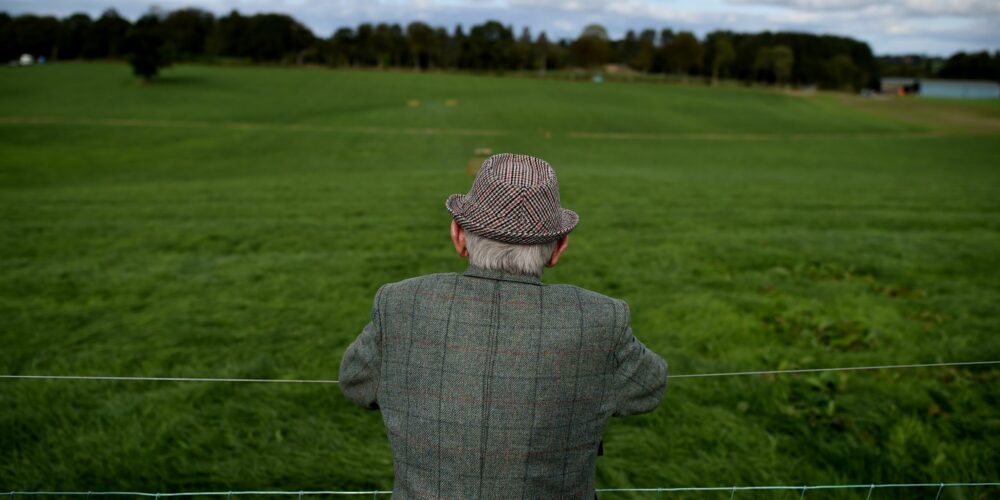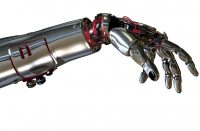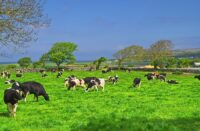Irish farming as we know it is in a state of terminal decline. But why is this so, and who is to blame?
Some will insist that it is a natural development of economic progress; but, as always, we must ask, Progress for whom? The average Irish farmer struggles to make ends meet, thanks to decades of economic decisions designed to enrich the large farmer and the factory-owner while steadily creating a hostile environment for those with small and medium-sized farms.
This article is the first in a series that addresses the state of agriculture; but first we must address who the average farmer is.
Age and reduction of farming numbers
Farmers are getting older. The only age group that is increasing is the 65-and-over cohort,[1] a group who should be enjoying their retirement. Fewer and fewer young farmers are either able or willing to take their place, because of a drastic decline in prospects associated with the sector. Fig. 1 shows this slow but steady decline as it continues to unfold.
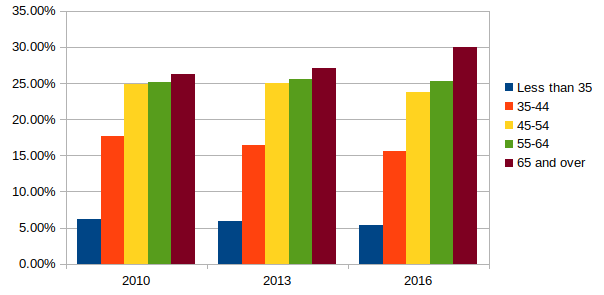
Diminishing incomes and dependence on subsidies
Our average farmer is not wealthy, though they may own assets in the form of land. The overwhelming majority (80 per cent) of farmers work on either a very small, small or medium-sized farm; and 93 per cent of farmers as a whole work either alone or with the help of family, as fig. 2 demonstrates.
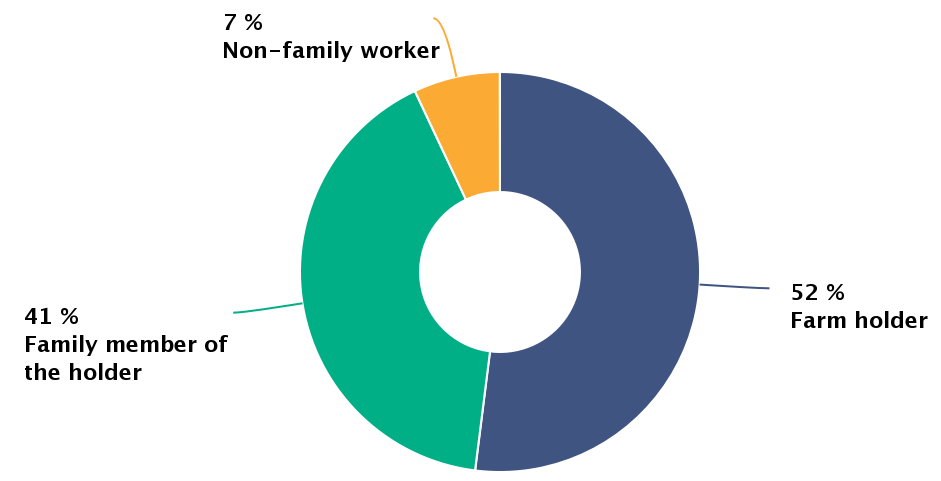
Nearly all farmers are reliant on subsidy schemes for net positive income, without which they would be losing money or just breaking even. Subsidies are not so much a form of welfare but are closer to a Job Bridge scheme, in which factory-owners (meat factories, mills, and so on) profit by not paying for the labour of farmers. Farmers in turn are paid the bare minimum, and sometimes less, in the form of subsidies.
Factory-owners grow richer from this, while farmers continue to produce more and more in an attempt to maintain a steady income. The only people who truly benefit from this arrangement are the factory-owners. Without subsidies, farmers would collectively be at the necks of the factory-owners long ago, demanding pay for their work.
Almost 40 per cent of Irish farmers are indebted, with the average debt standing at almost €60,000.[2] This varies greatly, depending on the sector, with dairy farmers being the most indebted in both number (64 per cent of dairy farmers have outstanding debts) and the quantity of debts outstanding (approximately €112,000 on average). This is a system of agriculture that works primarily to enrich the factory-owners and the banks, neither of whom bear the risks of crop failures, veterinary bills, inclement weather, maintenance, or the thousands of other problems a farmer must navigate over the course of a year.
These levels of indebtedness are going to be a challenge as the current economic crisis unfolds; and we can be certain that there will be no bail-out for farmers.
Income levels were more secure when quotas were in place. Dairy quotas, for example, provided some relief for the problem of overproduction inherent in the uncoordinated production under capitalism. This has now been discarded in favour of the neo-liberal dogma that only market forces should dictate production.
The abolition of quotas has not benefited the majority of farmers. Instead, in order to maintain the same income farmers must now produce more than ever, competing with each other as prices drop. A minority with very large farms manage to increase their production, incomes and market share as the majority lose ground. The real winners in this arrangement, though, are the banks and the factories.
In the light of this dire situation, “almost half of all income declared by farming households is now derived from non-farming activities.” Many farmers are forced to engage in other work to supplement their farm income. This varies by region, type of agriculture, and size of farm, but a trait common to all is the fact that off-farm income is more often than not part-time or contract work. It therefore lacks the same labour rights as full-time work, and, in a perverse turn, the farmer is not remunerated properly either for their farm labour or their non-farm labour. The Irish farmer is doubly exploited.
Capitalism doesn’t work for the majority of farmers
Irish farmers have been struggling for decades. It’s clear that the current economic system does not benefit them. The politicians of Fianna Fáil and Fine Gael and the IFA lobbyists who claim to represent the medium and small farmers have systematically put the interests of large farmers, factory-owners and banks first. These same representatives have served the interests of large European agri-capital over the hard-working families they were supposed to protect. The present situation was never an inevitability; it was always a choice.
If conditions for the majority of farmers are going to improve it must come from the farmers themselves, with the help of workers and people who are willing to represent their interests. We must organise agriculture by putting the needs of society first, in tandem with remunerating farmers fairly for their labour.
We must put an end to the priority given to the profits of factory-owners, banks and agri-capital ahead of farmers, as the political establishment has done for decades.
References
- Statistical Yearbook of Ireland, 2018 (https://www.cso.ie/en/releasesandpublications/ep/p-syi/psyi2018/).
- Teagasc, National Farming Study, 2019: Preliminary Results (https://www.teagasc.ie/media/website/publications/2020/TeagascNFS2019-Pr eliminary-Results.pdf).

